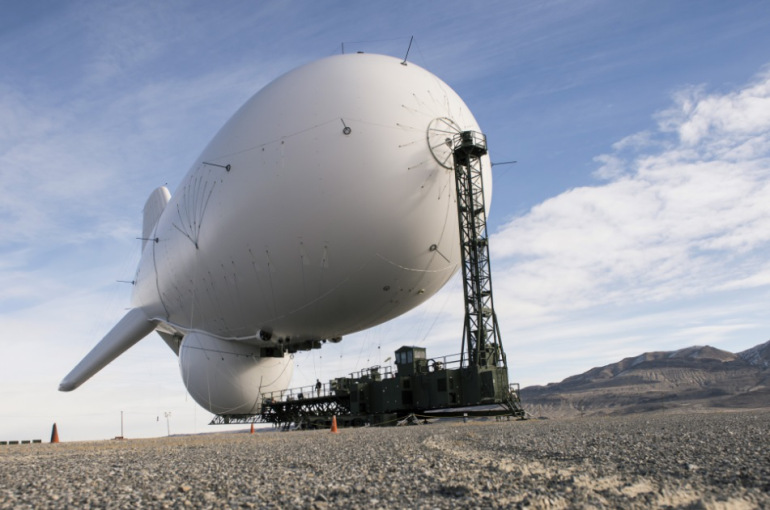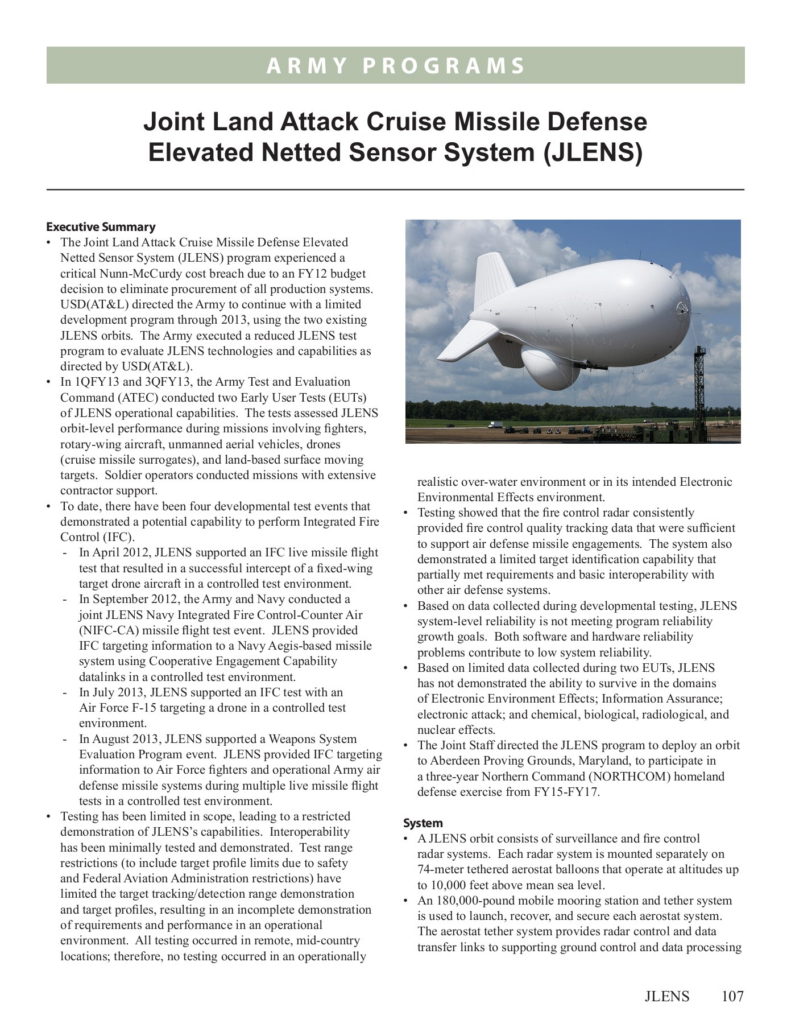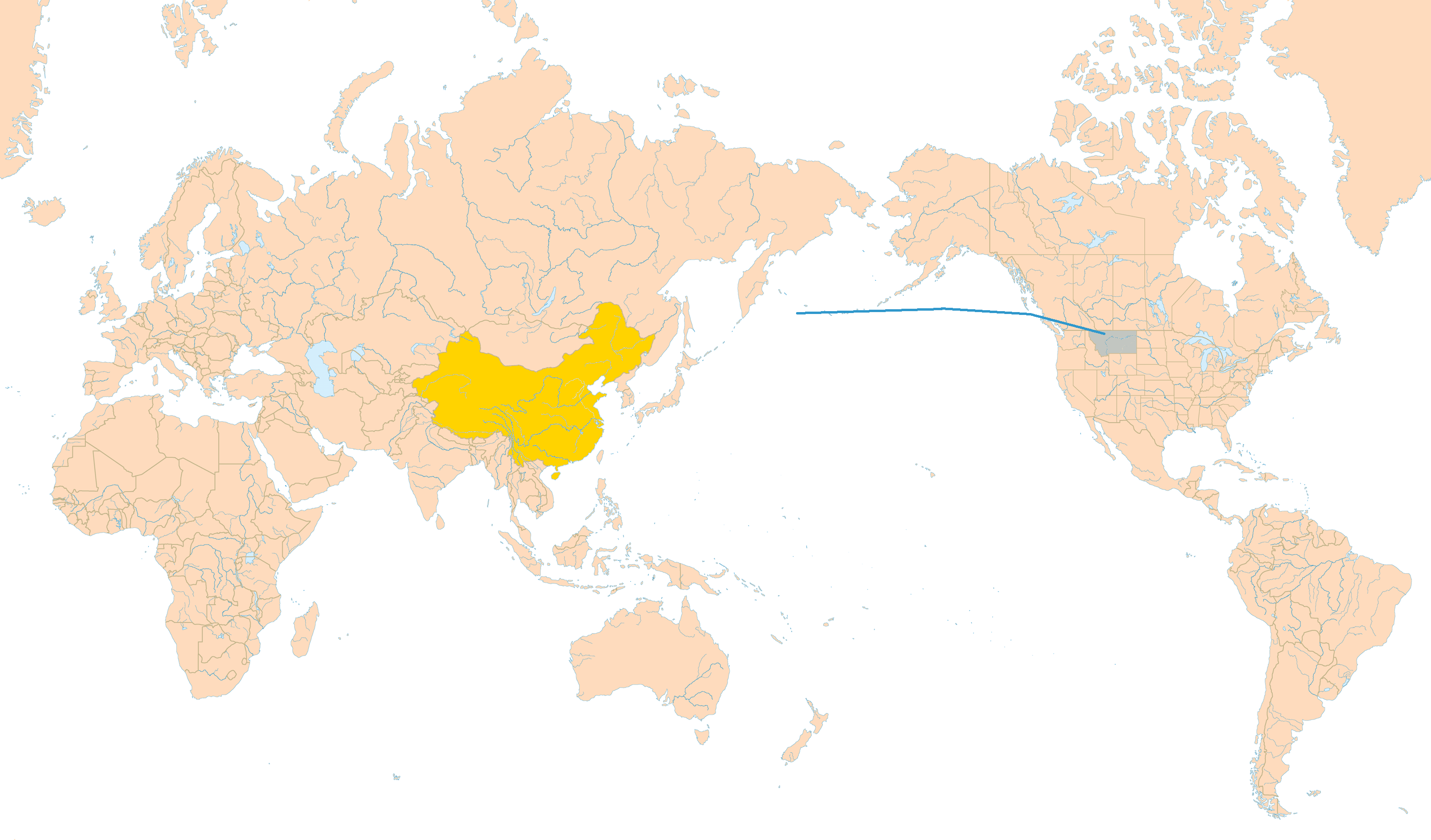Titelbild – die bisher bekannte Flugbahn des Ballons (in blau, Montana, jener US- Bundesstaat, in dem der Ballon, in US- Festland- Gebiet einflog – nachdem er vorher US- Aleuten und Kanada überflogen hatte).
Bezogen auf die Flugbahn könnte der Ballon sowohl aus Russland wie auch aus China kommen (beide Länder haben – wie auch die USA – jeweils eigene Militär- Ballon- Projekte).
Ballon- Abschuss? NICHT so einfach:
Die Sache ist die, diese Ballons fliegen sehr hoch, in der Stratosphäre.
Sie reflektieren kaum Funksignale, weshalb sie nie von einer Rakete mit Radarprinzip abgeschossen werden können.
Sie scheren sich auch nicht um die Drehung des Geschosses, da sie eine Wabenstruktur haben, und ein spezielles anti-aerostatisches Projektil benötigt wird, dessen Besonderheit ein superempfindlicher Zünder ist, der aus der Berührung der dünnsten Luftballonhülle, ausgelöst werden kann.
Und die Verfügbarkeit diese speziellen Munition in Flugzeugen ist höchst fraglich.
In der UdSSR wurden für die Vernichtung von ADA spezielle Flugzeuge bereitgestellt, und es wurden spezielle Taktiken mit spezieller Bewaffnung entwickelt.
Nun, die wirksamste (und tatsächlich einzige) Methode ist nach wie vor der Angriff mit IR-SOS-Raketen, die versuchen, die von der Sonne erwärmte Seite des Ballons zu erfassen.
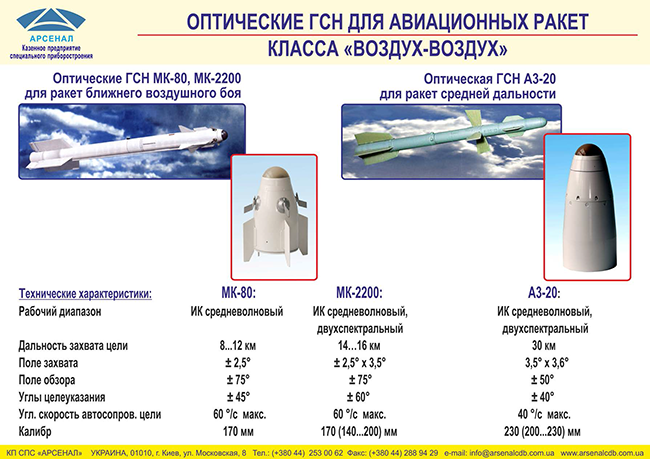
Das ganze Gerede, dass die Amerikaner nicht abschießen wollen, ist natürlich Unsinn. Das können sie nicht.
Entweder lassen die Waffeneigenschaften der Pindos-Lithen dies nicht zu, oder die Fähigkeiten der Piloten.
Aber noch einmal. Aerostats, das ist ein sehr schwieriges Ziel. Und wenn die US-Bürger die chinesische Sonde nicht zu Gesicht bekämen, würde das Pentagon so tun, als hätte es sie nie gegeben.
Versuchen Sie nun der US- Bevölkerung zu erklären, wie die erste Armee der Welt, einen feindlichen Ballon über dem Land nicht abschießen kann.

Hier ein Foto des Ballons – Größe angeblich 3 Schulbusse:
Ein Ballon, der über den USA fliegt und von dem Washington glaubt, er gehöre China, ist zu einem großen Thema in den US-Medien geworden:
Wall Street Journal: Blinkens bevorstehender Besuch in Peking könnte vor diesem Hintergrund abgesagt werden. Der Ballon wurde zuerst von Zivilisten an Bord eines Passagierflugzeugs gemeldet; das Objekt wurde vom North American Aerospace Defense Command (NORAD) nicht entdeckt.
Washington Post: Der Chef des Pentagon, der sich derzeit auf den Philippinen aufhält, hat ein Treffen mit Vertretern der Armee einberufen, um zu bewerten, wie die USA auf die Herausforderung reagieren sollten. Laut der Veröffentlichung wurde die Empfehlung, den Ballon nicht abzuschießen, die zuvor in den Medien geäußert wurde, von keinem Geringeren als General Mark Milley, dem Vorsitzenden der Generalstabschefs, ausgesprochen.
Politico: Obwohl der Ballon über Gebiete fliegt, in denen Interkontinentalraketen stationiert sind, hat er einen „begrenzten Wert“, was die Bereitstellung von Informationen angeht. Nach Angaben des Militärs könnte China ähnliche Informationen auch auf andere Weise sammeln, z. B. mit Hilfe von Satelliten.
Das US- Verteidigungs- Ministerium in seinem Statement:
„Currently, we assess that this balloon has limited additive value from an intelligence collective collection perspective,“ the official said. „But we are taking steps, nevertheless, to protect against foreign intelligence collection of sensitive information.“
„It’s happened a handful of other times over the past few years, to include before this administration,“ the official said. „It is appearing to hang out for a longer period of time, this time around, [and is] more persistent than in previous instances. That would be one distinguishing factor.“
While the senior defense official would not say how large the balloon is, the official did say its size did figure into the calculation to not use kinetic force to take it out of the sky.
„We did assess that it was large enough to cause damage from the debris field if we downed it over an area,“ the official said. „I can’t really go into the dimension — but there have been reports of pilots seeing this thing, even though it’s pretty high up in the sky. So … it’s sizable.“
Right now, the official said, following recommendations of the Chairman of the Joint Chiefs of Staff Army Gen. Mark A. Milley and Air Force Gen. Glen D. VanHerck, commander of U.S. Northern Command and the North American Aerospace Defense Command, the U.S. position is to allow the balloon to continue to float above the United States, rather than attempt to shoot it down.
Weitere Medien berichten dies:
Although there has been no official confirmation the „high-altitude surveillance balloon“ belongs to the Chinese government, American officials stated during a Thursday briefing that intelligence officials had „very high confidence“ it did belong to the People’s Republic of China.
A suspected Chinese Spy balloon, which was spotted over Billings, Montana, on Wednesday, February 1, reportedly entered U.S. airspace after flying through Canada from the Aleutian Islands.
US officials indicated their plan of action at the moment is to simply allow the balloon to „continue to float above the United States, rather than attempted to shoot [it] down“ since the „kinetic force to take the balloon out“ would put civilians at risk.
Auch diese Projekte sind zu beachten:
Ein Luftfahrt- Magazin berichtet:
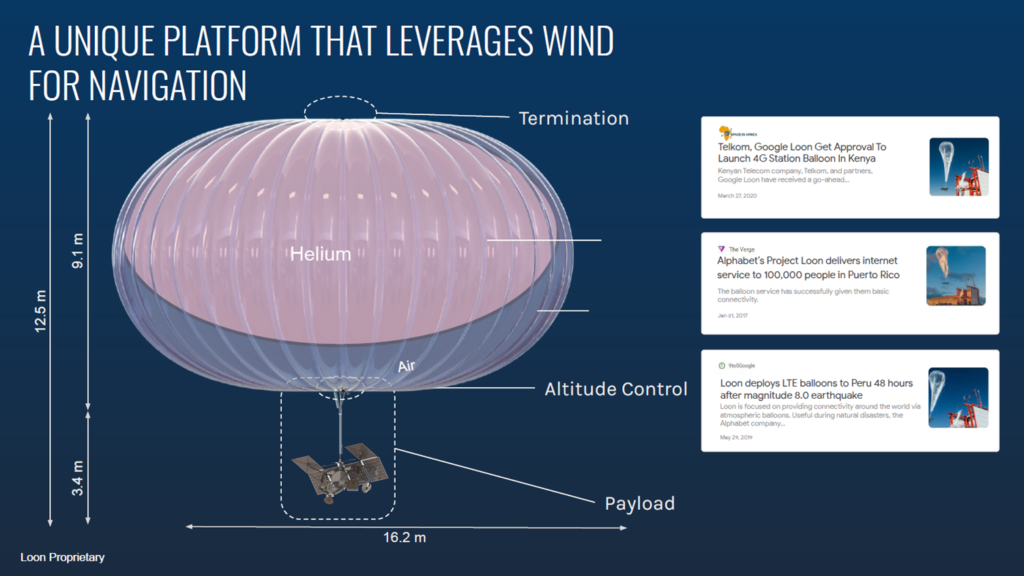
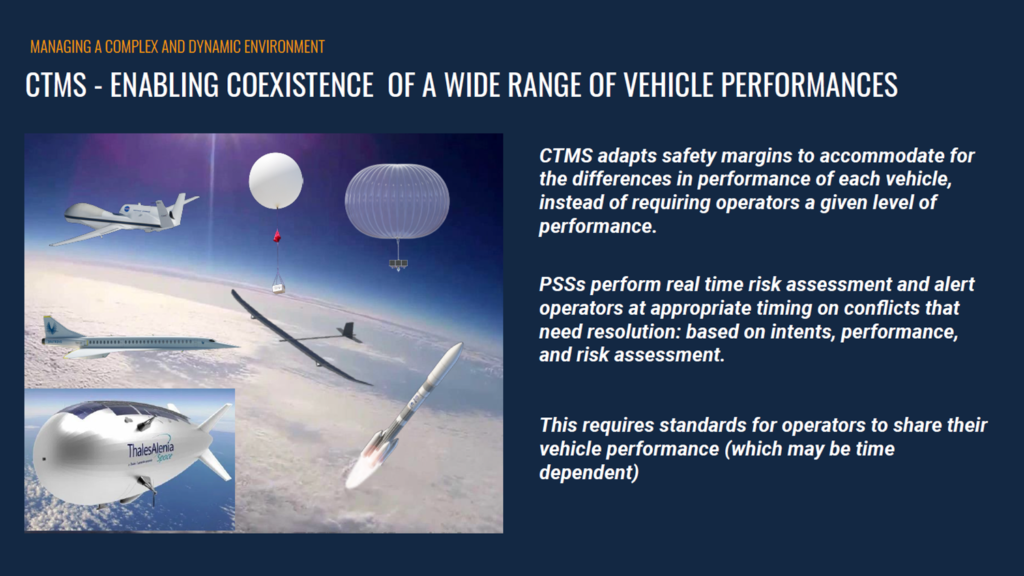
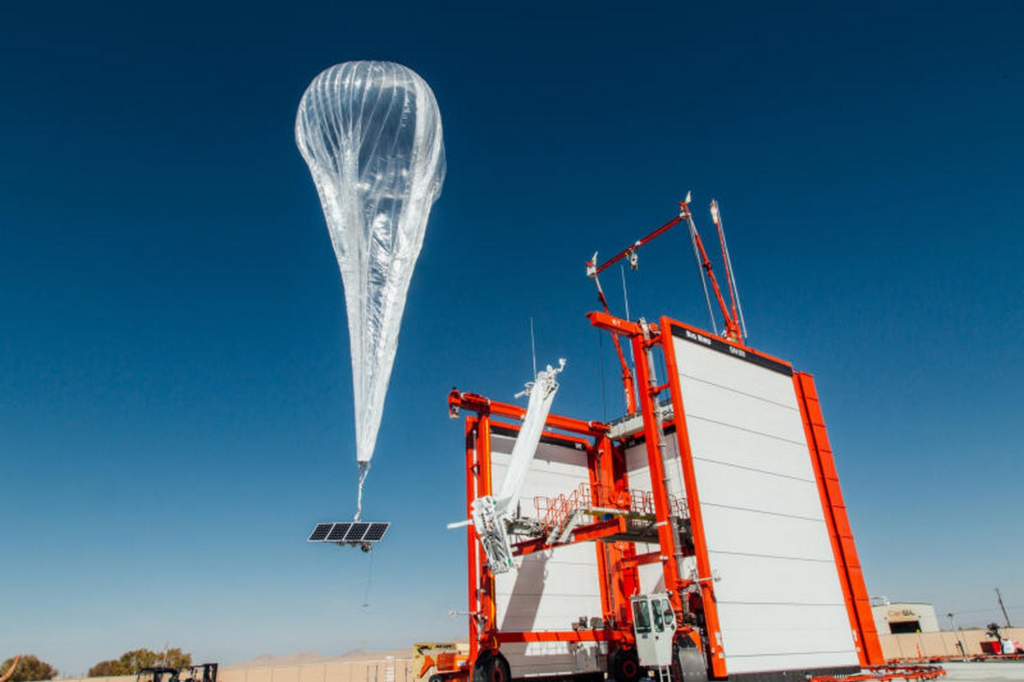
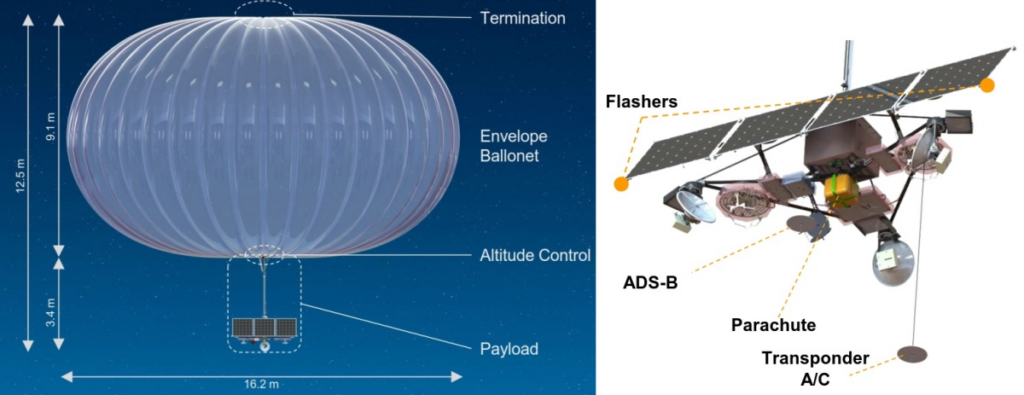

Ballone und Verteidigung/ USA nutzen Aufklärungs-Ballone:
Das US- Magazin Politico schreibt im Mai 2022:
The Pentagon is working on a new plan to rise above competition from China and Russia: balloons.
The high-altitude inflatables, flying at between 60,000 and 90,000 feet, would be added to the Pentagon’s extensive surveillance network and could eventually be used to track hypersonic weapons.
The idea may sound like science fiction, but Pentagon budget documents signal the technology is moving from DoD’s scientific community to the military services.
“High or very high-altitude platforms have a lot of benefit for their endurance on station, maneuverability and also flexibility for multiple payloads,” said Tom Karako, senior fellow for the International Security Program and Missile Defense Project director at the Center for Strategic and International Studies.
The Pentagon continues to invest in these projects because the military could use the balloons for various missions.
Over the past two years, the Pentagon has spent about $3.8 million on balloon projects, and plans to spend $27.1 million in fiscal year 2023 to continue work on multiple efforts, according to budget documents.
